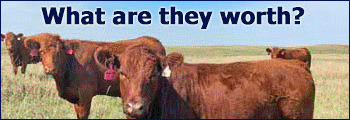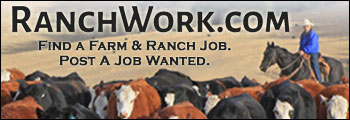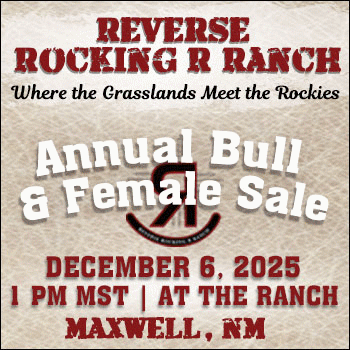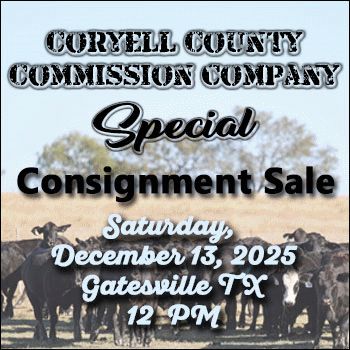The Federal Reserve's preferred inflation gauge showed that price growth eased slightly in April, trending closer to the central bank's target as economists warn the impact of tariffs could push inflation higher in the coming months.
The Commerce Department on Friday reported that the personal consumption expenditures (PCE) index rose 0.1% on a monthly basis and 2.1% on an annual basis – the slowest growth rate since February 2021. Those figures were largely in line with the estimates of economists polled by LSEG.
Core PCE, which excludes volatile food and energy prices, was up 0.1% on a monthly basis in April and 2.5% on an annual basis, also in line with estimates.
Federal Reserve policymakers are focusing on the PCE headline figure as they try to slow the pace of price increases to their target of 2%, though they view core data as a better indicator of inflation. Headline PCE was down from 2.3% in March, while core PCE also declined from 2.6%.
Prices for goods declined 0.4% in April compared with a year ago, following a decline of 0.3% in March. Durable goods prices fell 0.3% in April on an annual basis, while nondurable goods prices declined 0.4%.
Services prices were 3.3% higher in April than a year ago – the smallest increase since January.
Wages and salaries were up 0.5% on a monthly basis, the same growth rate as the two prior months.
The personal savings rate as a percentage of disposable personal income was 4.9% on an annual basis in April, up from 4.3% a month ago.
The Commerce Department's PCE report comes as market watchers are monitoring for signs of a rebound in inflation driven by President Donald Trump's tariffs.
The Federal Reserve has indicated it will wait for more inflation and labor market data before making a decision on cutting interest rates, due in part to uncertainty over how tariffs will impact the economy.
Articles on The Cattle Range are published because of interesting content but don't necessarily reflect the views of The Cattle Range.















